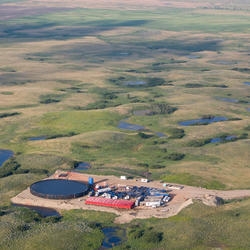Releases of oil and gas wastewaters can have complex effects on stream-water quality and downstream organisms
Releases of oil and gas wastewaters can have complex effects on stream-water quality and downstream organismsReleases of oil and gas wastewaters can have complex effects on stream-water quality and downstream organisms, due to sediment-water interactions and groundwater/surface water exchange.
















